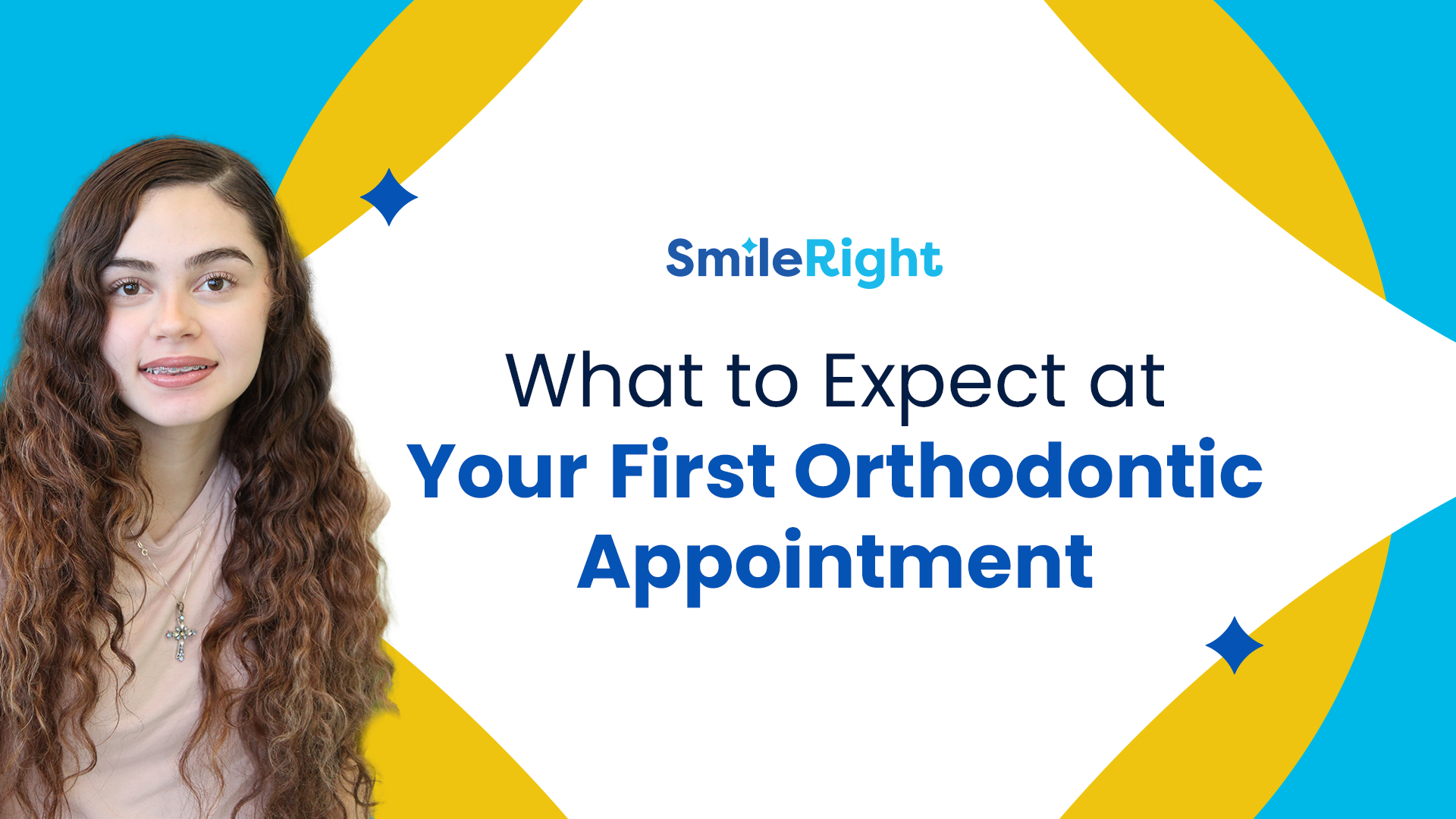Why Choose Metal Braces Over Invisalign?

Source: Dr. Marketing
When it comes to orthodontic treatment, patients today have more options than ever before. One of the most common questions people ask is whether they should choose traditional metal braces or opt for Invisalign. Both methods are effective at straightening teeth, but the choice between them depends on a variety of factors, including the complexity of the case, lifestyle preferences, and desired results. In this post, we will explore why someone might choose metal braces over Invisalign and how metal braces can offer advantages for certain patients.
8 Reasons to Choose Metal Braces Over Invisalign

Effectiveness for Complex Cases
One of the biggest reasons someone might choose metal braces over Invisalign is the complexity of their dental situation. Metal braces are more effective for treating severe misalignments, such as:
- Crowded teeth
- Severe overbites, underbites, or crossbites
- Rotated or tilted teeth
- Gaps between teeth
Metal braces provide orthodontists with greater control over tooth movement. The brackets are cemented to the teeth, and the archwire that connects them applies constant, controlled pressure to shift the teeth into the desired position. This allows for precise adjustments, making them ideal for complex cases where more significant movement is needed. Invisalign, on the other hand, is limited in how much movement it can achieve with each set of aligners, which can make it less effective for patients with more severe issues.
Faster Results in Some Cases
For some patients, metal braces may work faster than Invisalign. While the treatment time varies from person to person, traditional braces are constantly working to move teeth because the brackets and wires remain in place 24/7. Invisalign aligners must be worn for 20-22 hours a day to be effective, but patients may remove them for eating, drinking, and cleaning their teeth. In some cases, patients might forget to put their aligners back in or simply prefer to leave them out for comfort or convenience, which can delay the treatment.
Metal braces eliminate this variable. Since they are fixed to the teeth, they are constantly working, which can sometimes result in faster treatment times, especially for patients who may have difficulty wearing aligners for the recommended duration each day.

No Temptation to Remove Braces
One of the appeals of Invisalign is that the aligners are removable, allowing patients to take them out while eating, brushing, or for special occasions. However, the freedom to remove Invisalign trays can also become a drawback. Patients, especially children and teens, may be tempted to remove the aligners more often than they should, which can slow down progress or compromise the final results.
Metal braces, on the other hand, are a set-it-and-forget-it solution. Once they’re in place, patients can’t take them off, which ensures that the treatment stays on track. This level of commitment is ideal for patients who might struggle with the discipline required to wear Invisalign consistently.
More Affordable Option
Cost is another significant factor when choosing between metal braces and Invisalign. In many cases, traditional metal braces are more affordable than Invisalign, making them a more accessible option for patients who are looking for effective orthodontic treatment at a lower price point.
While the cost of orthodontic treatment varies depending on the patient’s specific needs and geographic location, metal braces generally come with fewer lab fees and material costs compared to Invisalign. If affordability is a primary concern, metal braces can provide excellent results at a more budget-friendly price.

Durability and Strength
Metal braces are known for their durability and strength. Made from high-quality stainless steel, metal braces can withstand the forces required to move teeth into the desired position, and they’re less likely to break compared to other types of orthodontic appliances. Invisalign aligners, while effective for many cases, are made of plastic and can become damaged or warped if not handled carefully.
For patients who play contact sports or have particularly active lifestyles, metal braces may be a better choice because of their toughness and ability to handle more wear and tear. Orthodontists can provide additional protection for athletes, such as customized mouthguards, to ensure that the braces stay intact during physical activities.
Fewer Follow-Up Appointments for Busy Patients
While both metal braces and Invisalign require follow-up appointments for adjustments and monitoring, the frequency and nature of these appointments can differ. Patients with metal braces typically visit their orthodontist every 4-8 weeks for adjustments, while Invisalign patients may need to come in more frequently to pick up new aligners and ensure their treatment is progressing as planned.
For patients with busy schedules who may have difficulty attending frequent appointments, metal braces can be a more convenient option. The appointments for metal braces are usually shorter and less frequent than those for Invisalign, where more frequent check-ins may be necessary to track the progress of the aligners.

No Need to Worry About Losing Aligners
One of the challenges with Invisalign is that the aligners are removable, which also means they can be lost or misplaced. For children and teens, this can be especially problematic, as they may forget to put the aligners back in their case, leave them in a napkin at a restaurant, or accidentally throw them away. When aligners are lost, it can delay treatment while a replacement set is made.
Metal braces, being permanently affixed to the teeth, don’t come with this risk. Once they’re on, there’s no need to worry about losing them or delaying treatment due to misplaced aligners. This can provide peace of mind for both patients and parents.
Classic and Reliable Option
Metal braces have been around for decades and are a proven, reliable method for straightening teeth. While newer technologies like Invisalign offer more aesthetic alternatives, metal braces have stood the test of time for their effectiveness and durability. For patients who prioritize results over aesthetics during treatment, metal braces are a trusted option.
Though metal braces are more noticeable than Invisalign, many patients—especially teens—have fun customizing their braces with colorful elastics, making their braces a reflection of their personality. In fact, some patients prefer the look of metal braces because they view it as a rite of passage or a symbol of the journey to a new smile.

Choosing between metal braces and Invisalign comes down to the individual needs and preferences of the patient. While Invisalign offers aesthetic benefits and flexibility, metal braces provide a level of precision, durability, and effectiveness that makes them the better option for many patients.
At SmileRight, we help our patients find the best treatment plan to achieve their ideal smile. Whether you opt for traditional metal braces or Invisalign, our goal is to provide you with the best possible care and results. If you are considering orthodontic treatment, schedule a consultation today to learn more about which option is right for you!




